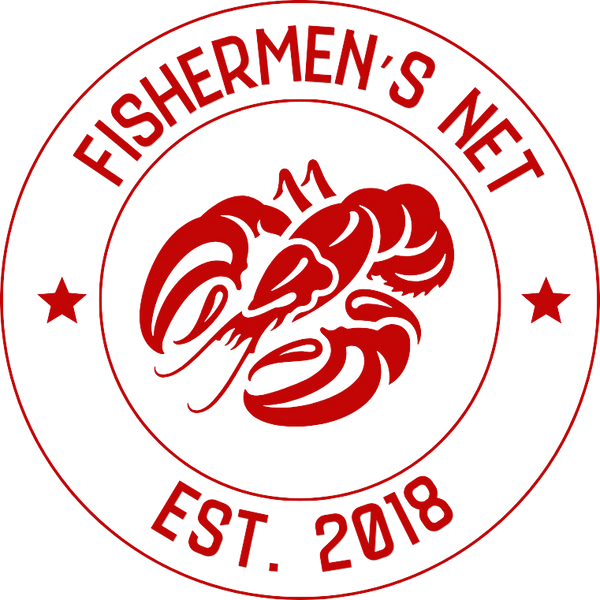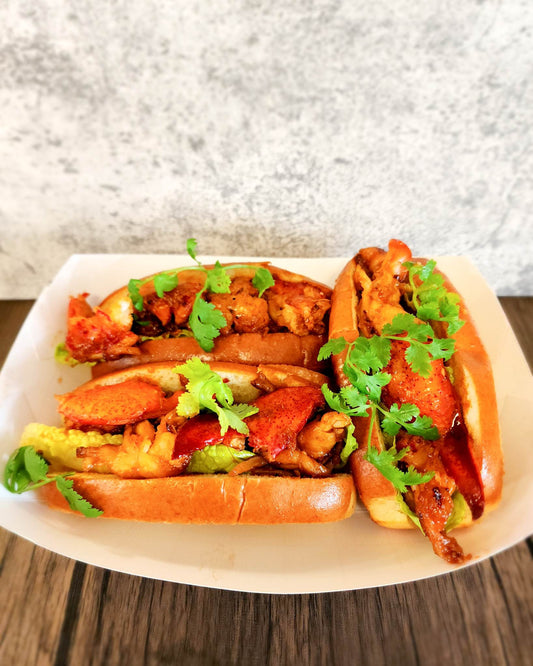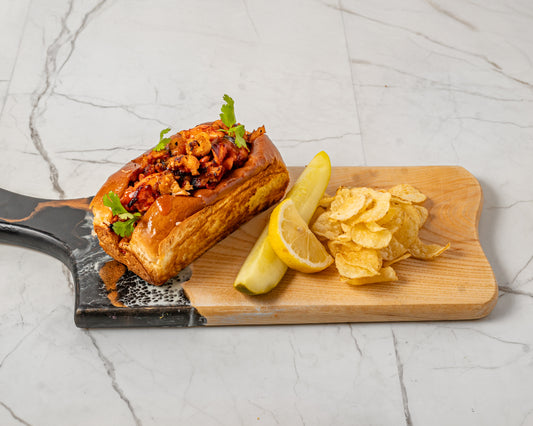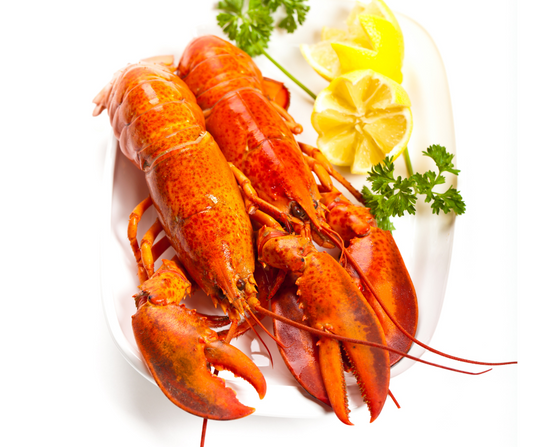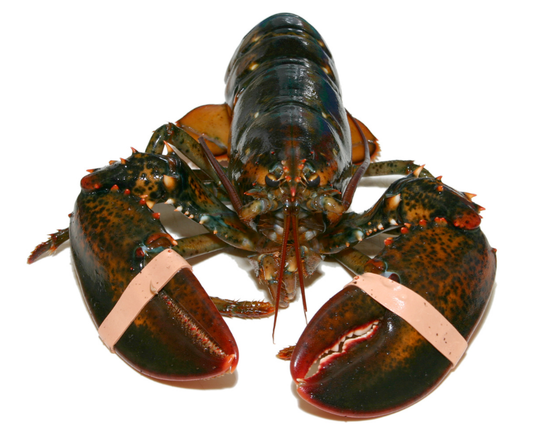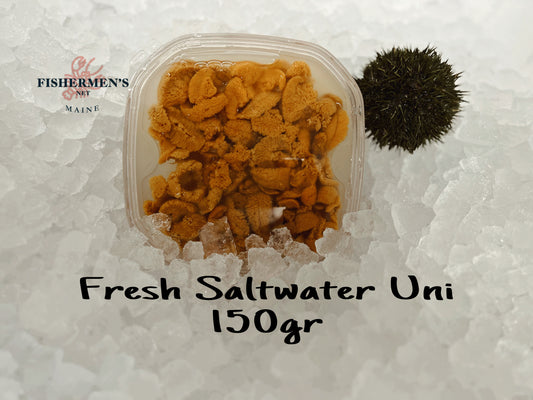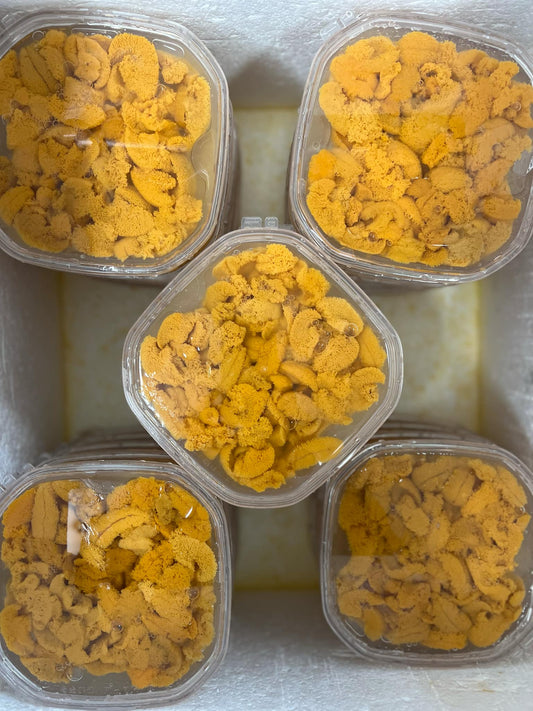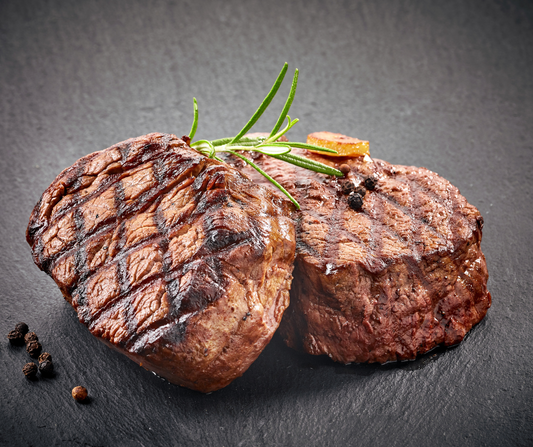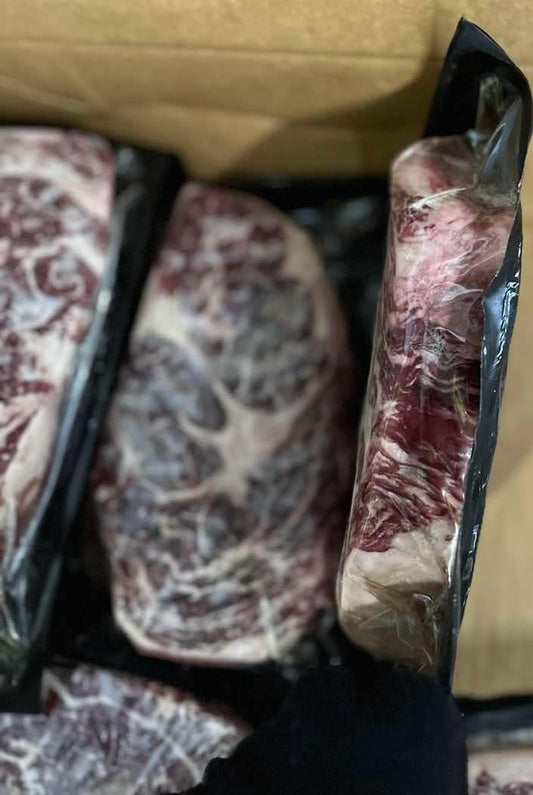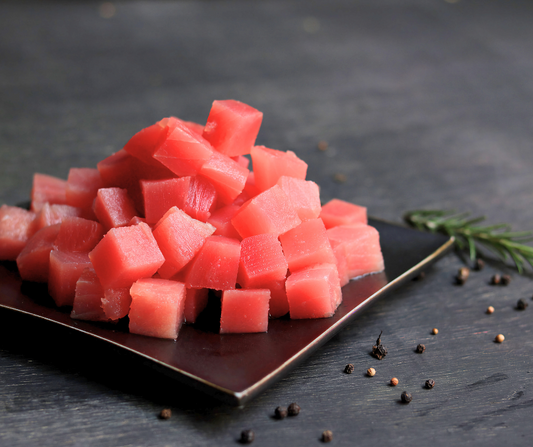
Do you often find yourself walking down the seafood aisle of your favorite grocery store with no idea what to choose? Well, fear not, because today we are diving deep into the world of king scallops, a seafood lover's dream!
King scallops, also commonly known as giant scallops, are one of the most sought-after seafood items for their sweet, delicate taste and versatility in cooking. In this ultimate guide, we will explore everything you need to know about king scallops, from their health benefits and nutritional value to their sourcing and cooking techniques.
1. Everything You Need to Know About King Scallops

If you're looking to learn more about this delicious mollusk, you've come to the right place. We can actually ship them overnight right to your doorsteps and it already cleaned on the half-shell here . In this section, we'll cover everything you need to know about king scallops, from their physical characteristics to their behaviors in the wild and the major threats they face.
Physical Characteristics of King Scallops:
King Scallops have fan-shaped shells that are pink to reddish-brown in color.
They have a white adductor muscle, which is the part of the scallop that is consumed.
They have two blue eyes along the edge of their mantle cavity that allow them to detect light and movement.
Behaviors of King Scallops:
King Scallops are typically found in areas of the ocean with sandy or muddy bottoms.
They are filter feeders and consume phytoplankton and algae.
During times of stress, king scallops can halt their growth.
Threats to King Scallops:
The commercial fishing industry poses a significant threat to the population of king scallops.
Pollution and climate change can also have a negative impact on these mollusks.
💡 Key Takeaway: King scallops are a popular seafood item appreciated for their unique taste and texture but are currently facing significant threats from human activity and environmental degradation. By understanding their physical characteristics and behaviors, we can better appreciate these mollusks and work towards protecting their populations.
2. Cooking and Eating King Scallops

Preparation:
Rinse the scallops with cold water and pat them dry with a paper towel.
Remove the tough side muscle, located on the flat side of the scallop.
Season the scallops as desired with salt, pepper and a squeeze of lemon.
Cooking:
Heat a non-stick or cast-iron skillet over medium-high heat.
Add a small amount of oil or butter to the skillet, enough to coat the bottom.
Once the skillet is hot, add the scallops, flat side down.
Cook undisturbed for 2-3 minutes until a golden brown crust forms on the bottom.
Flip the scallops over and continue cooking for another 2-3 minutes until the internal temperature reaches 120°F.
Eating:
King scallops are best enjoyed hot off the skillet.
Serve them with a side of melted butter, garlic or lemon sauce, or simply with a squeeze of fresh lemon.
Try pairing them with a nice white wine or champagne to enhance the delicate flavor.
“Cooking scallops can be intimidating, but by following these simple steps, you’ll be cooking like a pro in no time”!
💡 Key Takeaway: Cooking and eating king scallops can be a wonderful way to enjoy seafood, and with these simple tips, you can elevate your scallop game and impress your guests with your skills in the kitchen.
7. Benefits and Culinary Uses of King Scallops
Benefits of King Scallops:
High in Protein: King scallops are an excellent source of protein, with one three-ounce serving providing approximately 20 grams of protein. This makes them an ideal food choice for individuals looking to maintain or increase muscle mass.
Low in Fat: King scallops are also low in fat, with one three-ounce serving containing approximately 1 gram of fat. This makes them a great option for individuals watching their fat intake.
Rich in Vitamins and Minerals: King scallops are an excellent source of vitamin B12, which is important for maintaining healthy nerve cells and DNA synthesis. They are also a good source of magnesium, which is important for maintaining healthy bones.
Culinary Uses of King Scallops:
Grilling: King scallops are delicious when grilled with a little bit of olive oil and lemon juice. They take just a few minutes to cook on each side and are best served with a side of vegetables.
Pan-Seared: Pan-seared king scallops are a popular option as they are quick and easy to prepare. Simply season them with salt and pepper and pan-sear them in a little bit of butter until golden brown.
Raw: King scallops can also be eaten raw, as they have a sweet and delicate taste that pairs well with other raw seafood such as oysters and shrimp.
Stir-Fry: King scallops can also be added to stir-fries for an extra boost of protein. They go well with vegetables such as bok choy and asparagus.
💡 Key Takeaway: King scallops are low in fat, high in protein and rich in vitamins and minerals, making them a nutritious food choice. They can be enjoyed grilled, pan-seared, raw, or added to stir-fries for a variety of culinary uses.
4. Growth and Development of King Scallops
Biology of King ScallopsKing scallops are bivalves that grow in concentric growth rings, similar to trees. Each year, these concentric rings become more pronounced, creating a visible record of the scallop's growth rate. A large shell of the king scallop can have up to 80 growth rings, indicating an age of up to 8 years.
Stages of Growth
King scallops undergo several stages of growth and development before they reach sexual maturity. During the first few months of life, they grow quickly and can reach a diameter of 1 cm. By the end of their first year, king scallops measure around 6 to 8 cm in diameter. It takes 2 to 3 more years for the scallops to reach their maximum size of around 10 to 15 cm in diameter.
Physical Characteristics of Mature Scallops
Mature king scallops have a hard, ribbed shell with a flat bottom and a ridged top resembling a fan. The color of their shell ranges from creamy white to dark brown, depending on the habitat they are grown in. The inside of the shell is an iridescent blue-gray color. The meat of mature scallops is firm, plump, and sweet, with a delicate sea flavor that makes them a favorite among seafood lovers.
💡 Key Takeaway: King scallops are bivalves growing in concentric growth rings and undergo several stages of growth and development before they become mature. Their maximum size could reach around 10 to 15 cm in diameter.
5. Public Health Concerns Related to King Scallops
Domoic Acid
One concern related to king scallops is the potential presence of domoic acid, a natural toxin produced by certain types of algae. This toxin can accumulate in the tissues of shellfish and other marine creatures, leading to a condition known as amnesic shellfish poisoning (ASP) if consumed by humans.
Regulations
To mitigate this risk, regulatory bodies have established minimum safe limits for domoic acid in seafood. In the UK, for example, the Marine Management Organisation monitors the levels of this toxin in shellfish, including king scallops, and closures are put in place when levels are deemed unsafe.
Minimum Landing Size
Another issue that relates to public health is the minimum landing size for king scallops. This is the smallest size at which scallops can be legally harvested and sold, and it is based on the age and size at which the scallops are able to reproduce. By setting a minimum landing size, regulators aim to ensure that immature scallops are not harvested and sold, and that stocks are able to replenish themselves sustainably.
Cooking Scallops
Finally, cooking scallops properly is crucial for avoiding potential health risks. When scallops are not cooked thoroughly, they can harbor harmful bacteria that can cause illnesses such as norovirus and vibriosis. To ensure that scallops are safe to eat, it is important to cook them to an internal temperature of at least 145°F (63°C).
💡 Key Takeaway: Consumers of king scallops need to be mindful of public health concerns related to these shellfish, including potential toxins like domoic acid, minimum landing size regulations, and safe cooking practices. By following these guidelines, seafood lovers can enjoy delicious king scallops with peace of mind.
Conclusion
In conclusion, King Scallops are some of the most delicious seafood that you could ever try. They’re packed with flavor, easy to prepare, and can be served in a variety of mouth-watering dishes. Whether you decide to grill them, sear them, or bake them, you can’t go wrong with these versatile shellfish. So, what are you waiting for? Head to your nearest seafood market or grocery store and pick up a few King Scallops. Try out some of the recipes mentioned in this guide or experiment with your own creations. Impress your friends and family with your culinary skills and your love for seafood. If you enjoyed this guide, be sure to check out our other seafood guides that are packed with interesting tips.
